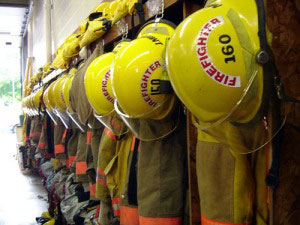 A study on the “reliance of municipal fire departments for confined space response” has been funded by a legal settlement following the deaths of two workers in a confined space incident in California.Research by the University of California, Berkeley, indicates that employers may be relying too heavily on local fire departments for confined space rescue.
A study on the “reliance of municipal fire departments for confined space response” has been funded by a legal settlement following the deaths of two workers in a confined space incident in California.Research by the University of California, Berkeley, indicates that employers may be relying too heavily on local fire departments for confined space rescue.
These findings indicate that local fire departments may not have the resources to provide the specialized training needed for confined space rescue, especially when "response and rescue" times are such critical factors.
Key Points from Study
• Confined space incidents represent a small but continuing source of fatal occupational injuries;
• A sizeable portion of employers may be relying on public fire departments for permit-required confined space response; and,
• With life-threatening emergencies, fire departments usually are not able to effect a confined space rescue in a timely manner.
Municipal Response Statistics
The study includes some very interesting statistics about fire department response times, rescue times, and capabilities. It also shows that rescue times increase dramatically when hazardous materials are present. For example, according to the report, fire department confined space rescue time estimates ranged from 48 to 123 min and increased to 70 and 173 min when hazardous materials were present.
According to the report, “estimates made by fire officers show that a worker who experiences cardiac arrest, deprivation of cerebral oxygen, or some other highly time-critical, life-threatening emergency during a confined space entry will almost certainly die if the employer’s emergency response plan relies solely on the fire department for rescue services.”
Researchers proposed that a more appropriate role for fire departments would be to support a properly trained and equipped on-site rescue team and to provide life support following a rescue.
Information excerpted from, “Confined Space Emergency Response: Assessing Employer and Fire Department Practices,” by Michael P. Wilson, Heather N. Madison & Stephen B. Healy (2012). This study was published in the Journal of Occupational and Environmental Hygiene (Feb 2012) and is available for purchase from Taylor & Francis Online.

 Since 1999, Roco has had the opportunity to train and equip rescue teams in Kuwait. The first team that we trained was the Kuwait National Petroleum Corporation (KNPC) Fire Officers that were assigned to three refineries located south of Kuwait City. In 2001, Ratqa Contracting was tasked with providing a Technical Rescue Team at the same refineries and Roco provided the Technician Level training for this new team.
Since 1999, Roco has had the opportunity to train and equip rescue teams in Kuwait. The first team that we trained was the Kuwait National Petroleum Corporation (KNPC) Fire Officers that were assigned to three refineries located south of Kuwait City. In 2001, Ratqa Contracting was tasked with providing a Technical Rescue Team at the same refineries and Roco provided the Technician Level training for this new team.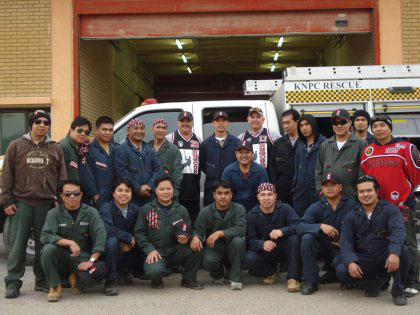 The Ratqa Rescue Team on duty at the time of the incident was located approximately 10 minutes away at a neighboring refinery. Immediately, the Rescue Team Leader terminated their current standby operations and responded within 6 minutes to the scene by utilizing a “short cut” which minimized response time by 4 minutes.
The Ratqa Rescue Team on duty at the time of the incident was located approximately 10 minutes away at a neighboring refinery. Immediately, the Rescue Team Leader terminated their current standby operations and responded within 6 minutes to the scene by utilizing a “short cut” which minimized response time by 4 minutes.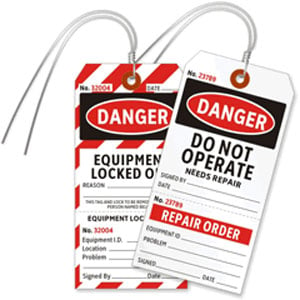 "The concept of LOTO is a great one and it works. As rescuers, we have to take the common industrial application and expand it to ensure that the rescue scene is safe and that we are controlling hazards at the point of contact with the victim or in a space where something has gone very wrong," says Dennis O'Connell, Chief Instructor and Director of Training for Roco Rescue.
"The concept of LOTO is a great one and it works. As rescuers, we have to take the common industrial application and expand it to ensure that the rescue scene is safe and that we are controlling hazards at the point of contact with the victim or in a space where something has gone very wrong," says Dennis O'Connell, Chief Instructor and Director of Training for Roco Rescue. 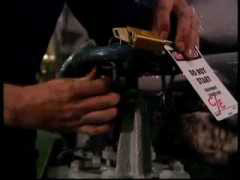 Unlike standard LOTO, which is usually a systems’ approach, rescuers are generally trying to control the environment near an entrapped victim. As rescuers, we often act outside the parameters of a LOTO procedure that may already be in place. Because rescuers would best be defined under “affected employees” in a rescue where a LOTO procedure is in place, we need to understand what OSHA CFR 1910.147(b) says about “authorized employees” and “affected employees.”
Unlike standard LOTO, which is usually a systems’ approach, rescuers are generally trying to control the environment near an entrapped victim. As rescuers, we often act outside the parameters of a LOTO procedure that may already be in place. Because rescuers would best be defined under “affected employees” in a rescue where a LOTO procedure is in place, we need to understand what OSHA CFR 1910.147(b) says about “authorized employees” and “affected employees.”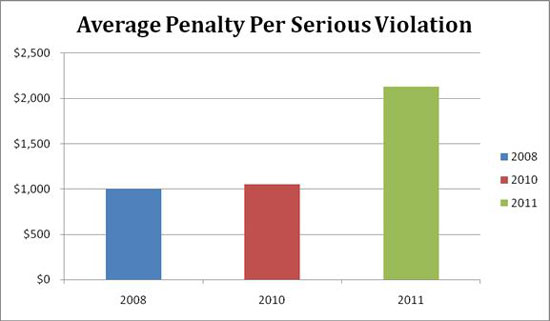
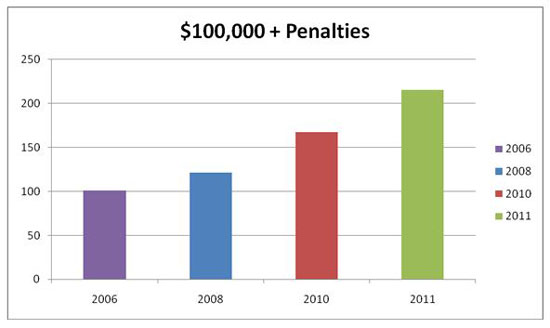
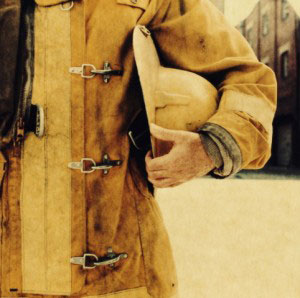 The United States Fire Administration (USFA) recently announced there were 81 on-duty firefighter fatalities in the United States as a result of incidents that occurred in 2011. This represents an almost seven percent decrease from the 87 fatalities reported for 2010. The 81 fatalities occurred in 33 states, one U.S. territory, and one overseas U.S.military facility. Texas experienced the highest number of fatalities (seven).
The United States Fire Administration (USFA) recently announced there were 81 on-duty firefighter fatalities in the United States as a result of incidents that occurred in 2011. This represents an almost seven percent decrease from the 87 fatalities reported for 2010. The 81 fatalities occurred in 33 states, one U.S. territory, and one overseas U.S.military facility. Texas experienced the highest number of fatalities (seven). 


